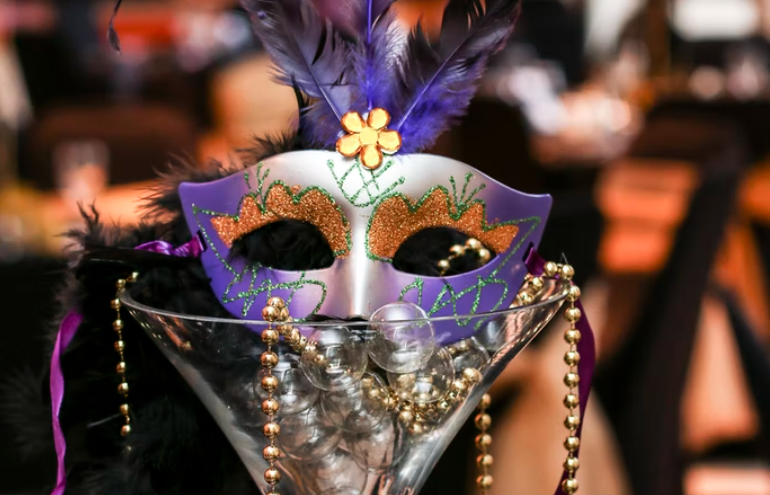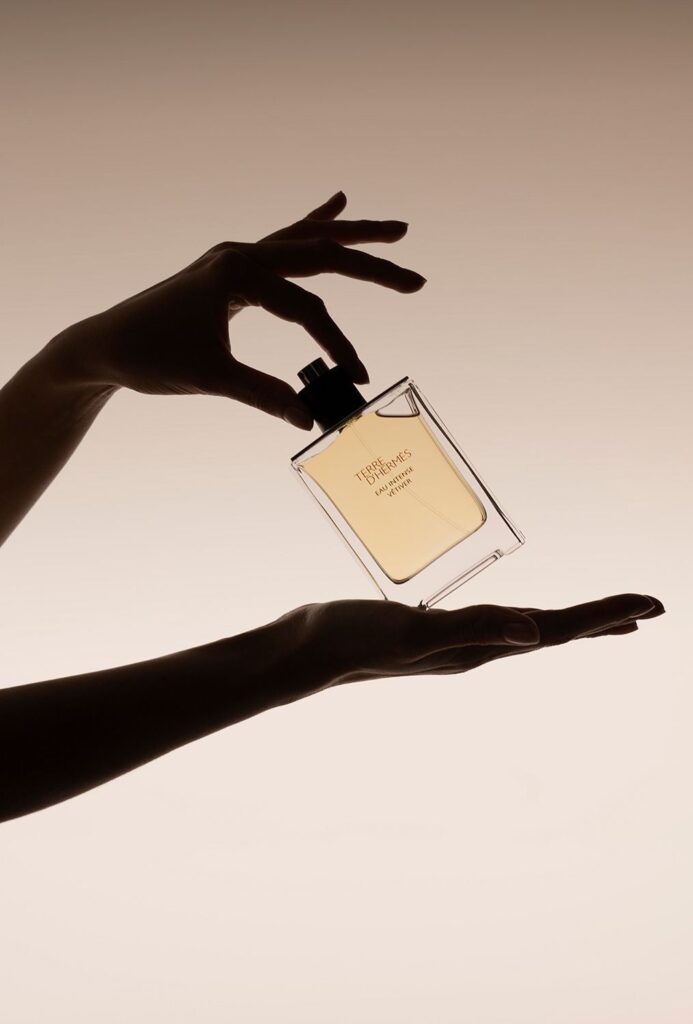This Tuesday, countries all over the world took part in the celebration of Mardi Gras. Often times when we think of this holiday, we picture the streets of New Orleans flooded by decorations and costumes of purple, green and yellow. Mardi Gras is so much more than masks and parades, though. We’re here to share the rich history behind this holiday and how our modern-day festival came to be.
The History
The origins of Mardi Gras celebrations date back thousands of years to early pagan festivities in Rome that celebrated spring and fertility. As the Christian faith rose in popularity, these celebrations were incorporated into the religion due to its Roman roots.

Mardi Gras, French for “Fat Tuesday,” is the day before Lent, a 40-day time period before Easter where Christians would fast and only feast on fish. Today, Lent is celebrated in the Christian faith not only by fasting but could also be celebrated by sacrificing something else you hold dear.
“Fat Tuesday” was named because it was tradition to feast on fatty foods to prepare for the days spent fasting during Lent.
The Spread of Mardi Gras
Just as the Christian faith began to spread to other countries, so did the tradition of Mardi Gras. Mardi Gras came to America in March of 1699 with explorers that landed in New Orleans, La., according to History TV. Their humble celebration at this landing spot transformed in the following decades to street parties and “lavish dinners.”
Other popular Mardi Gras celebrations take place in Brazil, where they host weeklong festivities featuring traditions from various cultures including European and African.
Venice’s Carnevale is also regarded as one of the most famous Mardi Gras celebrations, best known for its masquerade balls and elaborate masks.

Other traditions around the world include the German tradition of women cutting ties off men and the Denmark tradition of children collecting candy, similar to Halloween.
Mardi Gras in 2022
Like many other holidays and festivities amidst the COVID-19 pandemic, Mardi Gras celebrations could not go on as usual in 2021. That only meant that this year, with a rise in vaccination rates, the party was back on and better than ever.

This year in New Orleans specifically, records were set for restaurants and stores along the parade routes. Crowds filled the streets for the celebrations and for the “biggest party in the world” to make its highly anticipated return.





